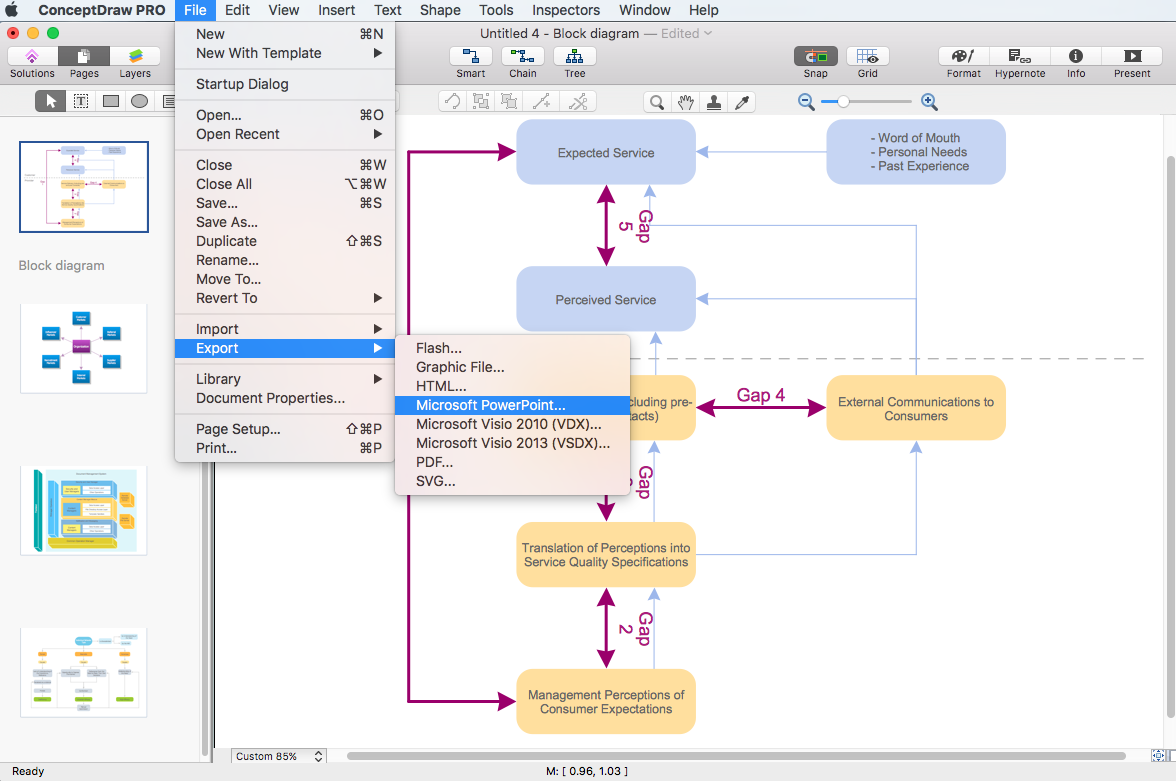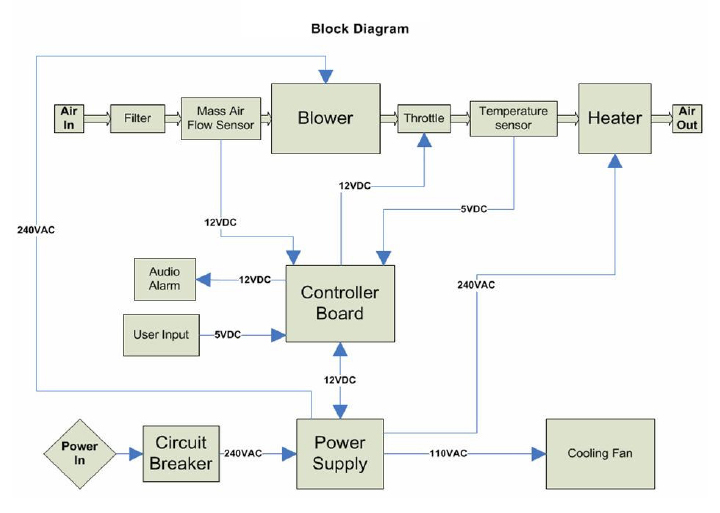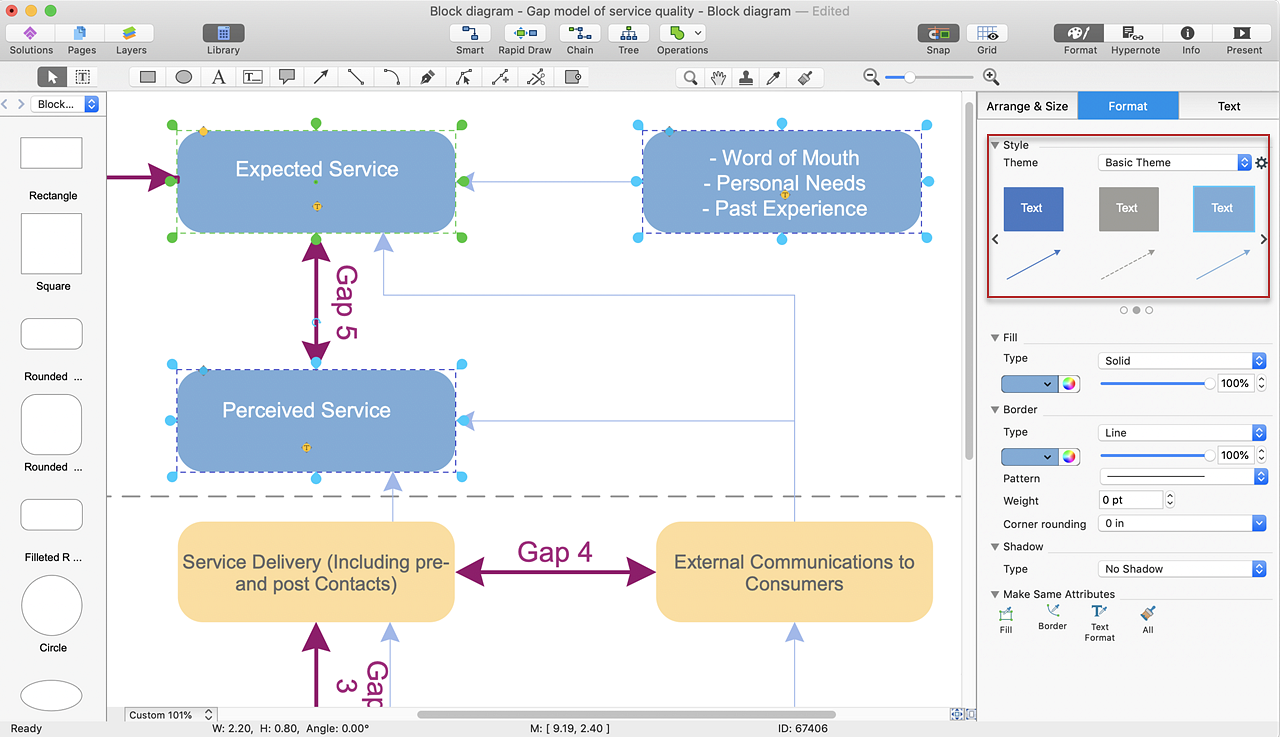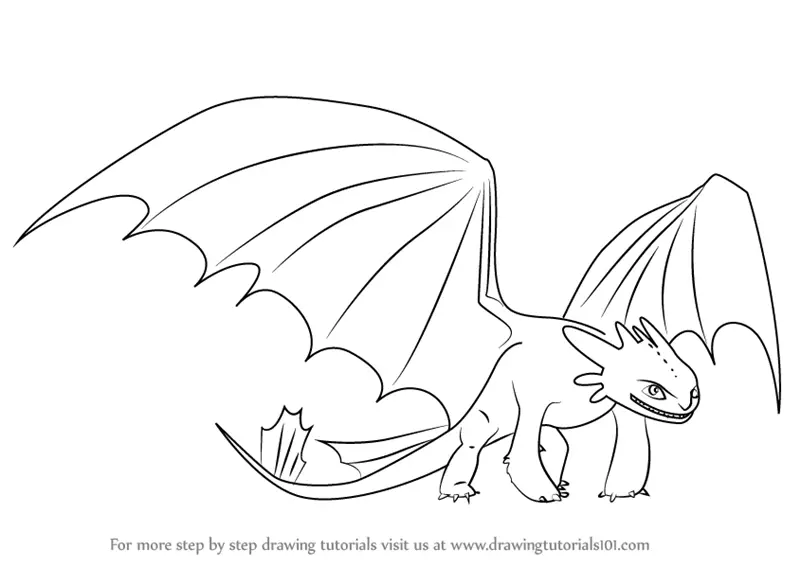Drawn hand block diagrams ppt template sketches choose board diagram
Table of Contents
Table of Contents
If you’re looking to make an impactful presentation, visual aids can be a key component to getting your point across. One effective way to do this is by using block diagrams in PowerPoint presentations. Not sure where to start? Don’t worry, we’ve got you covered.
The Pain Points of Drawing Block Diagrams in PowerPoint
One of the biggest challenges when it comes to creating block diagrams in PowerPoint is organizing your information in a clear and concise way. With so many design elements to consider, it can be difficult to know where to start. Additionally, it can be time-consuming to create professional-looking blocks from scratch, especially if you’re not particularly familiar with PowerPoint’s tools and features.
How to Draw Block Diagrams in PowerPoint
The good news is that creating block diagrams in PowerPoint doesn’t have to be a daunting task. First, decide what type of diagram you want to create (e.g. flowchart, process diagram, hierarchy chart, etc.). This will determine the shape and structure of your blocks.
Next, open a new PowerPoint slide and start with a blank layout. Insert the appropriate shapes that you need and connect them with lines or arrows. You can customize the size, shape, color, and style of your blocks to your liking by using the Drawing Tools format tab.
Finally, add your text to each individual block. Be sure to keep your information clear, concise, and easy to read. You can use different font sizes, colors, and bolding/italicizing to emphasize important points within each block.
Summarizing How to Draw Block Diagrams in PowerPoint
To summarize, drawing block diagrams in PowerPoint can be done effectively with a little planning and organization. Start by choosing the right type of diagram to support your message, then use PowerPoint’s built-in features to easily create and customize your blocks. Remember to keep your information simple and easy to read to ensure maximum impact.
Why Use Block Diagrams in PowerPoint?
For me, block diagrams are a valuable tool when it comes to presenting complex or multifaceted information in a clear and concise way. As someone who regularly gives presentations, visuals like these are key to keeping my audience engaged and focused on my message.
One specific example of how I’ve used block diagrams in PowerPoint was during a team meeting where I was presenting our company’s sales goals for the next quarter. By using a flowchart diagram, I was able to visually lay out each step that our sales team would need to take in order to hit our target numbers. This made it easy for everyone in the room to understand the bigger picture and how their individual contributions fit into the larger goal.
More About Using Block Diagrams in PowerPoint
When it comes to designing effective block diagrams in PowerPoint, there are a few additional tips to keep in mind. First, consider using color to differentiate between different categories or sections of your diagram. This can help reinforce the key points you’re trying to make and make your presentation more visually appealing.
Another tip is to use icons or symbols within your blocks to convey information more efficiently. For example, a check mark can be used to represent a completed task or a dollar sign can signify a financial figure.
The Benefits of Block Diagrams in PowerPoint
In addition to being visually appealing, block diagrams in PowerPoint have a number of benefits. They can help organize confusing or unclear information, make it easier to focus on the most important parts of a presentation, and provide a clear map for your audience to follow.
FAQs About Drawing Block Diagrams in PowerPoint
1. What are some common types of block diagrams used in PowerPoint presentations?
Some common types of block diagrams used in PowerPoint presentations include flowcharts, process diagrams, hierarchy charts, and mind maps.
2. Can you add images to block diagrams in PowerPoint?
Yes, you can add images to blocks in PowerPoint diagrams. This can help enhance your message and make your presentation more visually appealing.
3. How can I ensure that my block diagram is easy to follow?
One way to ensure that your block diagram is easy to follow is to use a clear and logical hierarchy. Start with a main idea or concept and expand outward from there. Use arrows or lines to connect related blocks and ensure that your information flows logically from one block to the next.
4. How can I make my block diagrams more visually attractive?
There are a few ways to make your block diagrams more visually attractive. First, consider using color to differentiate between different types of information. You can also use icons or symbols within your blocks to make them more interesting and engaging. Lastly, be sure to use clear and legible fonts that are easy to read from a distance.
Conclusion of How to Draw Block Diagrams in PowerPoint
Creating effective block diagrams in PowerPoint presentations doesn’t have to be a challenge. By following the tips and tricks in this article, you can effectively organize and communicate your message in a clear and visually impactful way. Remember to stay focused on your key points and keep your information simple and easy to read, and you’ll be sure to make a powerful impression on your audience.
Gallery
Make A PowerPoint Presentation Of A Block Diagram | ConceptDraw HelpDesk

Photo Credit by: bing.com / powerpoint diagram block presentation conceptdraw diagrams make add create file ms
Draw Block Diagrams In Latex - Food Ideas

Photo Credit by: bing.com / block examples
28 Draw Block Diagram - Wiring Database 2020

Photo Credit by: bing.com / conceptdraw
Make A PowerPoint Presentation Of A Block Diagram | ConceptDraw HelpDesk

Photo Credit by: bing.com / diagram block powerpoint conceptdraw presentation
Block Diagrams: Hand-drawn PPT Template

Photo Credit by: bing.com / drawn hand block diagrams ppt template sketches choose board diagram






